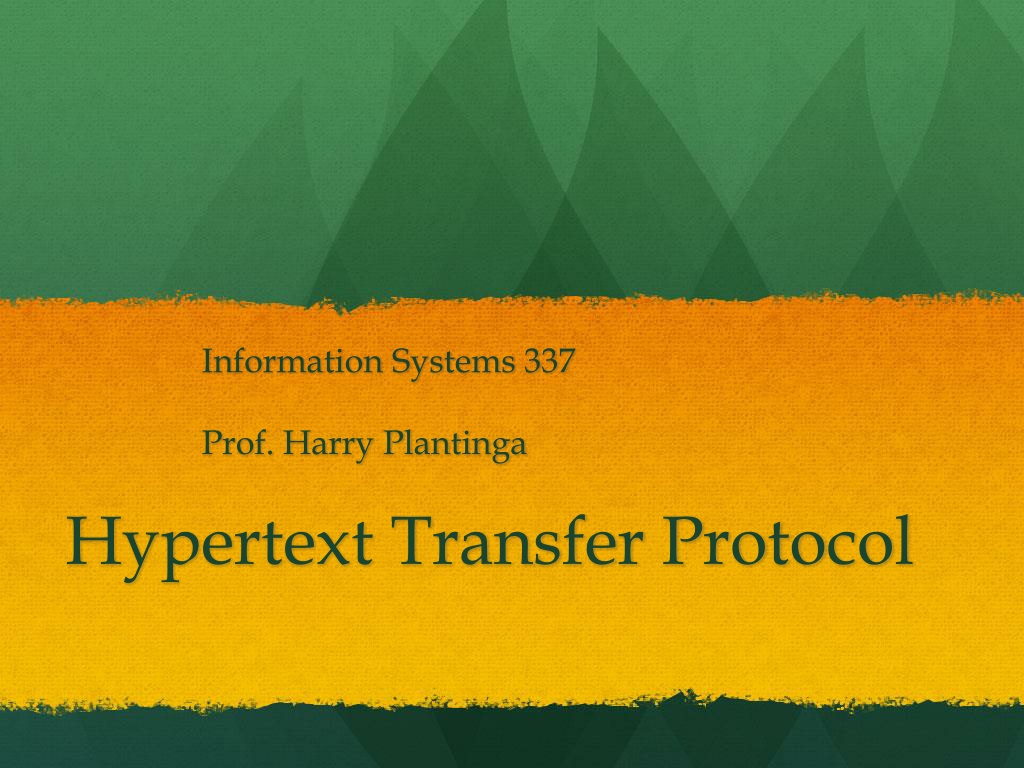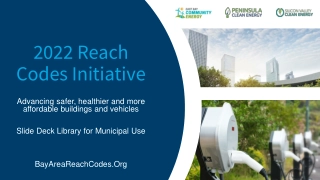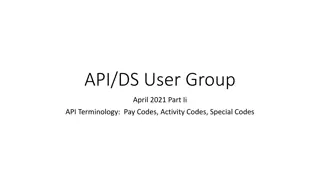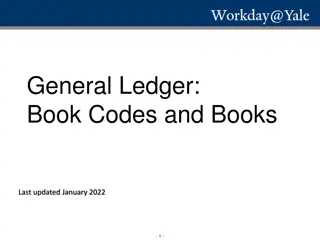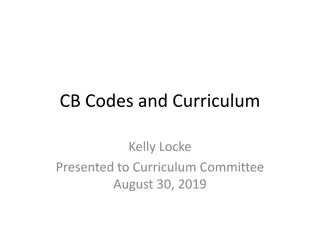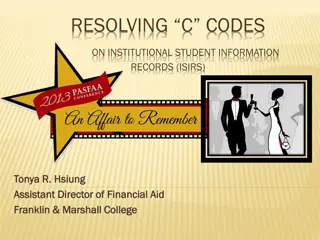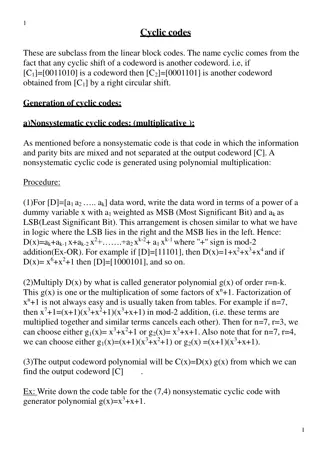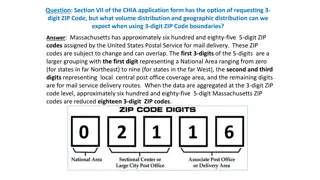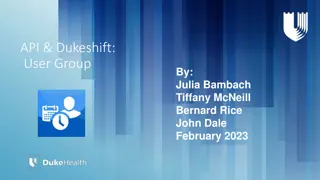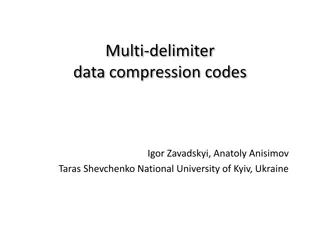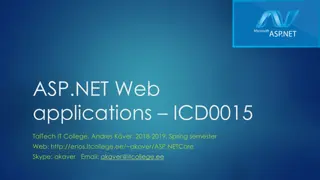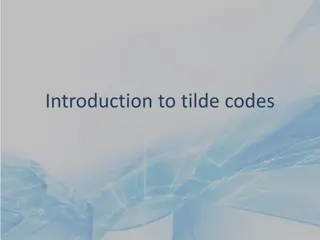Understanding HTTP Basics and Common Status Codes
Delve into the world of Hypertext Transfer Protocol (HTTP). Learn about HTTP methods, response status codes, interesting headers, HTTP proxies, maintaining URLs, and form submission in web development. Explore the fundamentals of client-server communication over the web.
Download Presentation

Please find below an Image/Link to download the presentation.
The content on the website is provided AS IS for your information and personal use only. It may not be sold, licensed, or shared on other websites without obtaining consent from the author. Download presentation by click this link. If you encounter any issues during the download, it is possible that the publisher has removed the file from their server.
E N D
Presentation Transcript
Information Systems 337 Prof. Harry Plantinga Hypertext Transfer Protocol
HTTP Try this: telnet calvin.edu 80 get / HTTP/1.0 Basic protocol: Server waits for connection requests on a port (default 80) Client connects to server Client sends request (GET, HEAD, PUT, etc.) with header Server sends response header and document Server closes connection Watch with firebug!
HTTP Methods Available HTTP request methods: GET -- get a file HEAD -- identical to GET, but returns header only POST -- used to send to the server, e.g. post a message PUT -- upload a file at specified URI DELETE --- delete a file OPTIONS -- request for info about available communication options
Response Status Codes Common status codes: 200 OK 206 Partial Content (request specified Range: header) 301 Moved Permanently (fetch Location: header) 302 Moved Temporarily 304 Not Modified 403 Forbidden 404 Not Found 500 Server Error
Interesting Headers Authorization: used to request restricted documents Range: get part of a document Referer [sic]: User-Agent: Content-Encoding: Etag: Last-Modified: Location: Refresh:
HTTP Proxies A server could receive a request to another server, fetch it, and return it GET http://www.somehost.com/path/file.html HTTP/1.0 Called a "proxy" Example uses: firewall cache Bess getting around Bess
Location Maintain URLs so links don't break 301 Moved Permanently Try http://www.ccel.org/t/theo_ger See julian:/srv/ccel.org/htdocs/.htaccess Mod_rewrite: keep those old URLs working How could you write a Web page that causes another Web page to load? <meta http-equiv="refresh" content="0;url=hplantin/">
Forms <form name="input" action="name.php" method="get"> Userame: <input type="text" name="user" /> <input type="submit" value="Submit" /> </form> What does action mean? Send this form's data along with a request for another page What does method mean? Use HTTP get (or post)
Forms Methods GET Send forms parameters in URL, e.g. GET http://example.com/form.php?user=hplantin&pwd=123 POST Send forms parameters with a POST method. Not visible in URL. E.g POST /example.com/form.php HTTP/1.0 [client headers here] user=hplantin&pwd=123
Cookies What are cookies used for? How cookies work: Server sends a Set-Cookie header in its response Client is expected to store the cookie on disk, along with the URL that assigned it In subsequent requests to that URL, client sends along the cookie with the Cookie header Cookies and Flash, HTML5 new evilness!
Cookie Example Client request: POST /www.whosis.com/order.pl HTTP/1.0 [client headers here] Type=new&firstname=Harry&lastname=Plant Server Response HTTP/1.0 200 OK [server headers here] Set-Cookie: acct=01234567 Cookie file www.whosis.com/order.pl acct=01234567 Next client request GET /www.whosis.com/order.pl [client headers here] Cookie: acct=01234567
